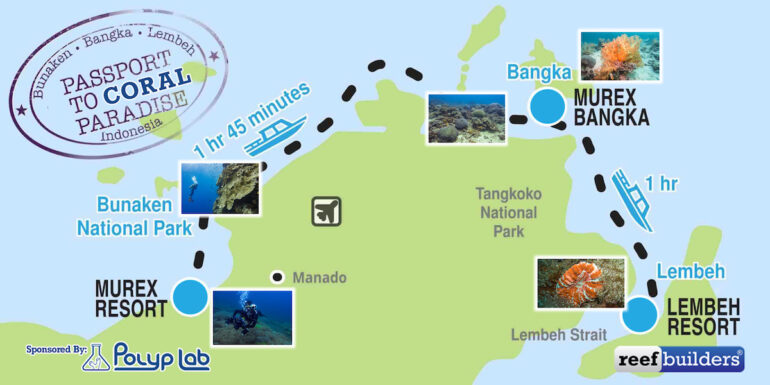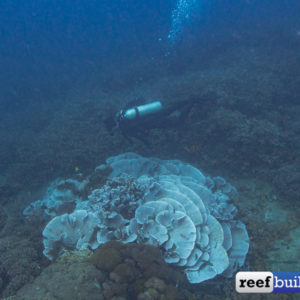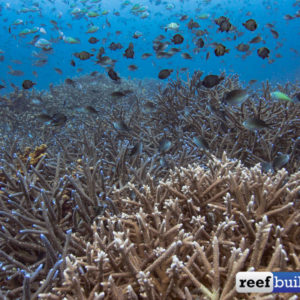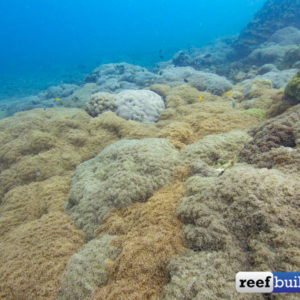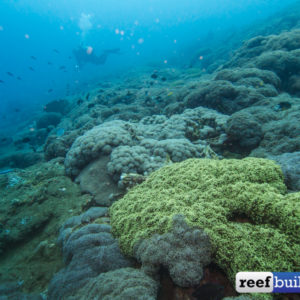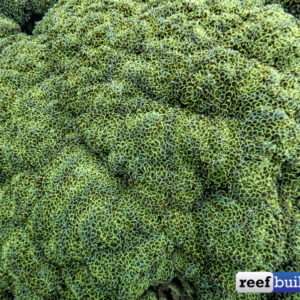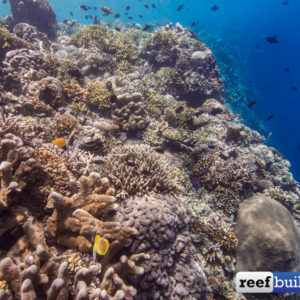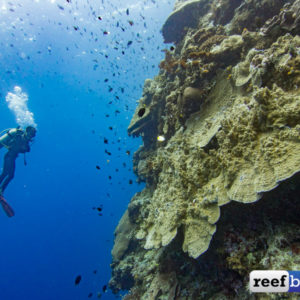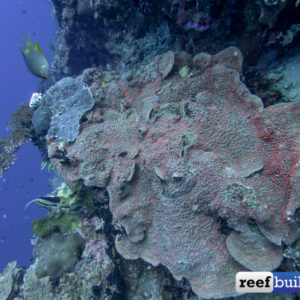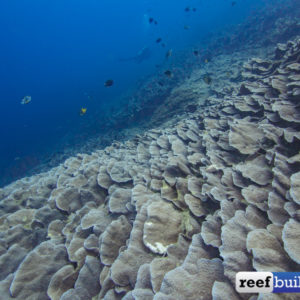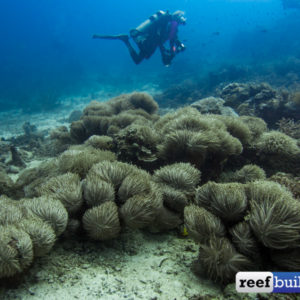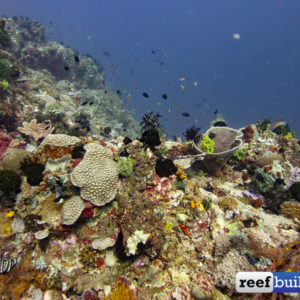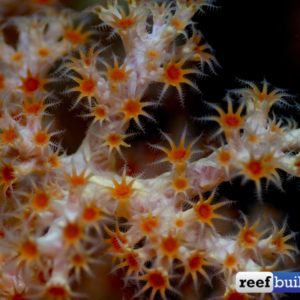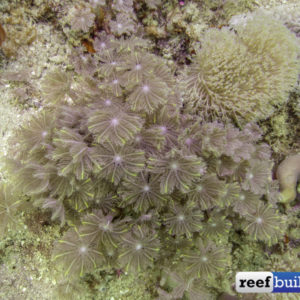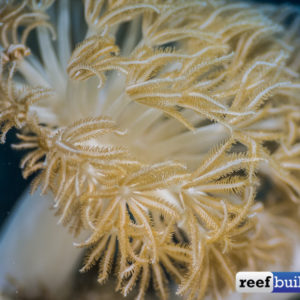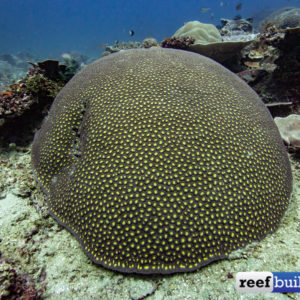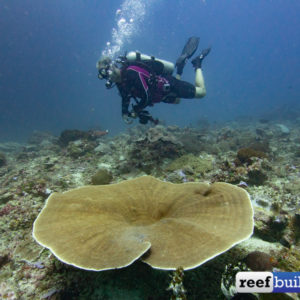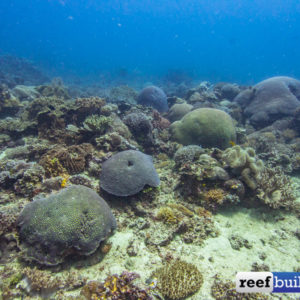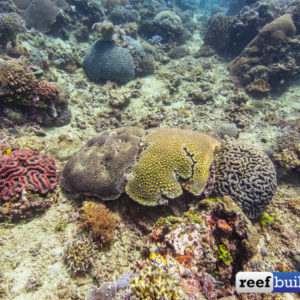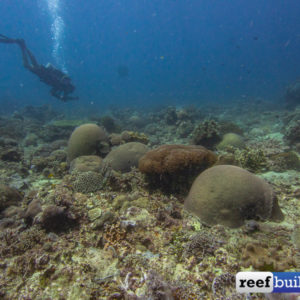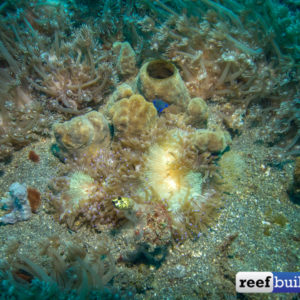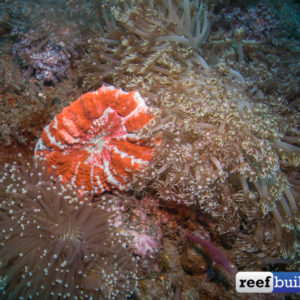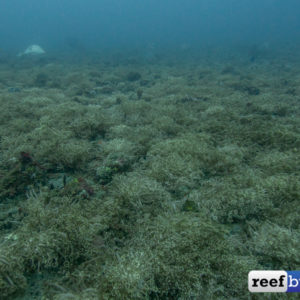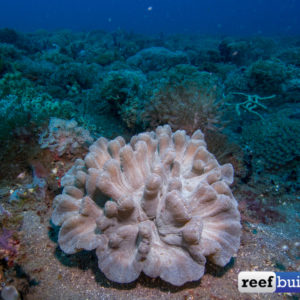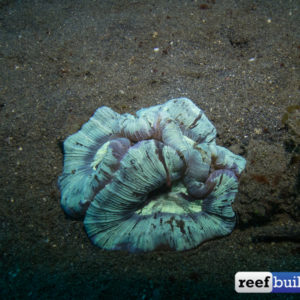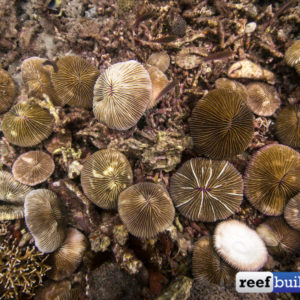Last year, I had the opportunity to visit Northern Sulawesi as part of the ReefBuilders scuba destination trip. On this expedition, we visited three location along the Northern coast of Sulawesi, Manado, Bangka, and Lembeh Strait on a set tour called the Passport to Paradise.
Since then I’ve quickly fallen in love with the warm hospitality and incredible underwater diversity in the region and decided to revisit Sulawesi this year as part of the Polyp Lab Coral Spotting Expedition.
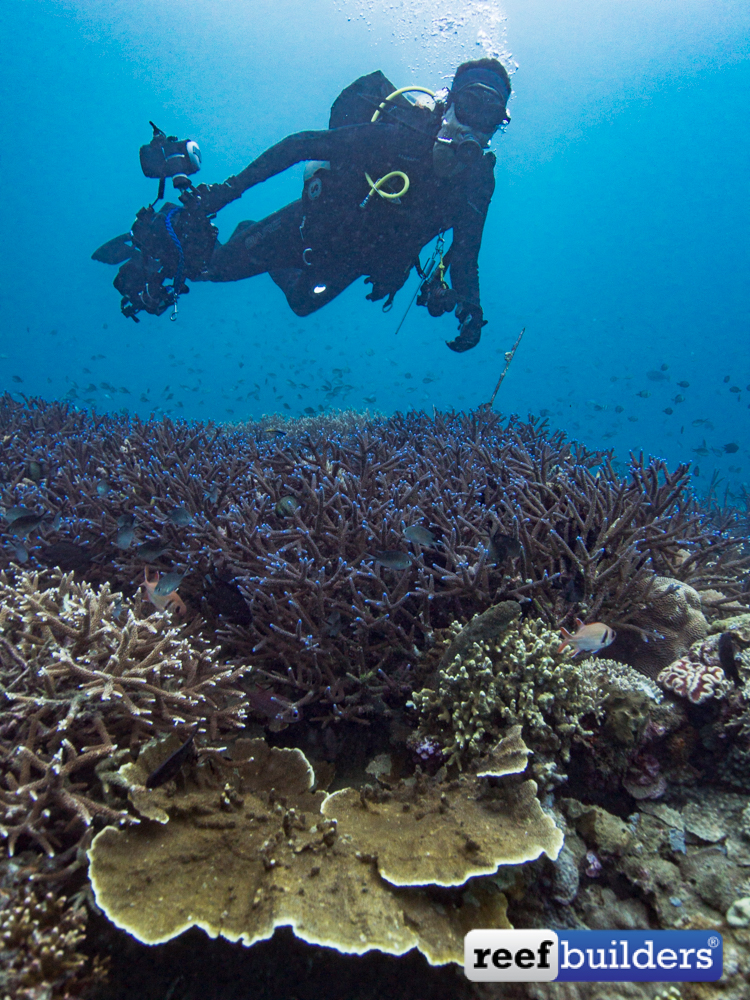 On this most recent trip, we spent time exploring lesser-known dive sites discovering unique coral landscapes rarely visited by divers. This is the essence of coral spotting!
On this most recent trip, we spent time exploring lesser-known dive sites discovering unique coral landscapes rarely visited by divers. This is the essence of coral spotting!
The Passport to Paradise trip takes anywhere from 12 days or longer and is based around three locations and habitats. Reef walls in the Bunaken National Park, soft corals around Bangka Island, and critter paradise in the Lembeh Strait.
In this article, I will give you an overview of five coral habitats found in Northern Sulawesi. These articles will highlight how corals diversity is tied to certain conditions influenced by light and flow.
Following this article, I will give a more complete look at each of the five habitats starting from Manado in the west and ending at Lembeh Island in the east. I will go into details about the habitat types and which corals you can expect to find in that habitat. This is so even if you are diving other parts of Indonesia you could still match the habitat type to your environment to spot these corals.
If you’re joining a Passport to paradise tour in Sulawesi you’re gonna want to mention this article to make sure they add some coral spotting destinations to your itinerary!
Manado Bay
With only a few days and a half dozen dives at each stop on the Passport to Paradise trip, the majority of your diving in Manado will be out at the Bunaken National Park. However, you don’t want to miss out on some epic diving near shore in Manado Bay.
You won’t believe what you can find in these shallow, sometimes murky habitats. Manado is a bustling city with a fast-growing population, and you might not expect to find huge old corals a stone’s throw from shore, but that’s exactly what’s there. Huge colonies of Euphyllia miles long. Hundred-year-old Acropora colonies, and gigantic Turbinaria.
If you love coral you can skip a day of Bunaken Wall diving and opt for the nearshore coral paradise. You might not have the crystal clear blue water you find off the deep reef walls, but you will find a high diversity of coral and some truly rare and unusual species.
Try the Batas Kota, and City Extra dive to the north or Cirrcus dive site and Tanjung Kalapa to the South.
Bunaken Wall
These impressive walls are not for the faint of heart. The moment you glide over the precipice into the blue your heart starts racing. Hundreds of pyramid butterflyfish swim in synchrony, darting between countless sea turtles.
The reef habitat often has high flow on the shallow reef crests so you can find a mix of hardy encrusting and branching corals like Isopora and Porites. Along the reef wall light is absorbed quickly so you have a pretty uniform mix of plating and encrusting species like Montipora and Mycedium along the wall.
Try Mandolin Wall and Fukui Point.
Bangka Island
Prepare yourself for soft coral galore, and action-packed high current drift dives. Around the coastline of Bangka Island are smaller rocks and pinnacles which are covered in colorful soft corals. These corals only open up when the currents are just right. In the shallows, you find big colonies of leather corals in pastel green, yellow, and purples.
And make sure not to miss out of the Bangka Island house reef. You’ve come all the way to the island, just because you don’t take a boat to the dive doesn’t make it any less spectacular!
Try Tanjung Uli, Sabora, Tanjung Merah and the Bangka House Reef
Sulawesi Mainland Across From Bangka Island
If you are visiting Bangka as part of the Passport to Paradise trip you will take a boat transfer from Manado to Bangka. On this trip, you have the opportunity to dive along the northern Sulawesi coast across from Bangka Island. The dive sites are similar to Manado Bay with a high diversity of coral habitats.
You can also have the change to dive the mainland while staying at Bangka it just depends on the weather. The boat ride from the island is about 25-30 minutes to the mainland with the chance to see a good diversity of Acropora and shallow reef with massive Favia boulders corals between 5-10m deep.
Try around the corner from Pantai Kecil towards Holiday Hotel Beach.
Lembeh Strait
The Lembeh Strait is famous for weird critters and is known as the mecca of muck diving. But don’t let this distract you from the unusual corals found is this concentration of diversity. Large polyp corals are especially plentiful in Lembeh with fields of Goniopora and large colonies of Catalyphyllia.
And of course, I can’t forget some of my all time favorites, the ultra-colorful Trachyphyllia corals and big Acanthophyllia, these two genera of coral are quite rare but you can spot them on nearly every dive in Lembeh.
Try Makaweidy, and Pantai Parigi dive site.
Outer Lembeh Island
This side still remains a mystery, to me anyway! The outer coast of Lembeh Island is supposed to have high energy and lots of branching Acropora corals but is only accessible certain times of year when wind and waves permit.
With only a couple weeks of diving on each trip, it’s no wonder divers keep coming back to Sulawesi over and over. It’s impossible to see everything on a single trip and the outside side of Lembeh is my last frontier of Sulawesi exploration.
In next weeks article, I will go into details about diving in the Manado Bay and what makes this habitat my favorite place to explore in Sulawesi. Thanks to Murex Resorts for showing me around Sulawesi and Polyp Lab for being a part this expedition.


